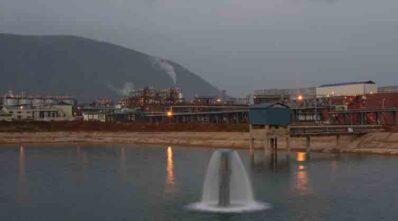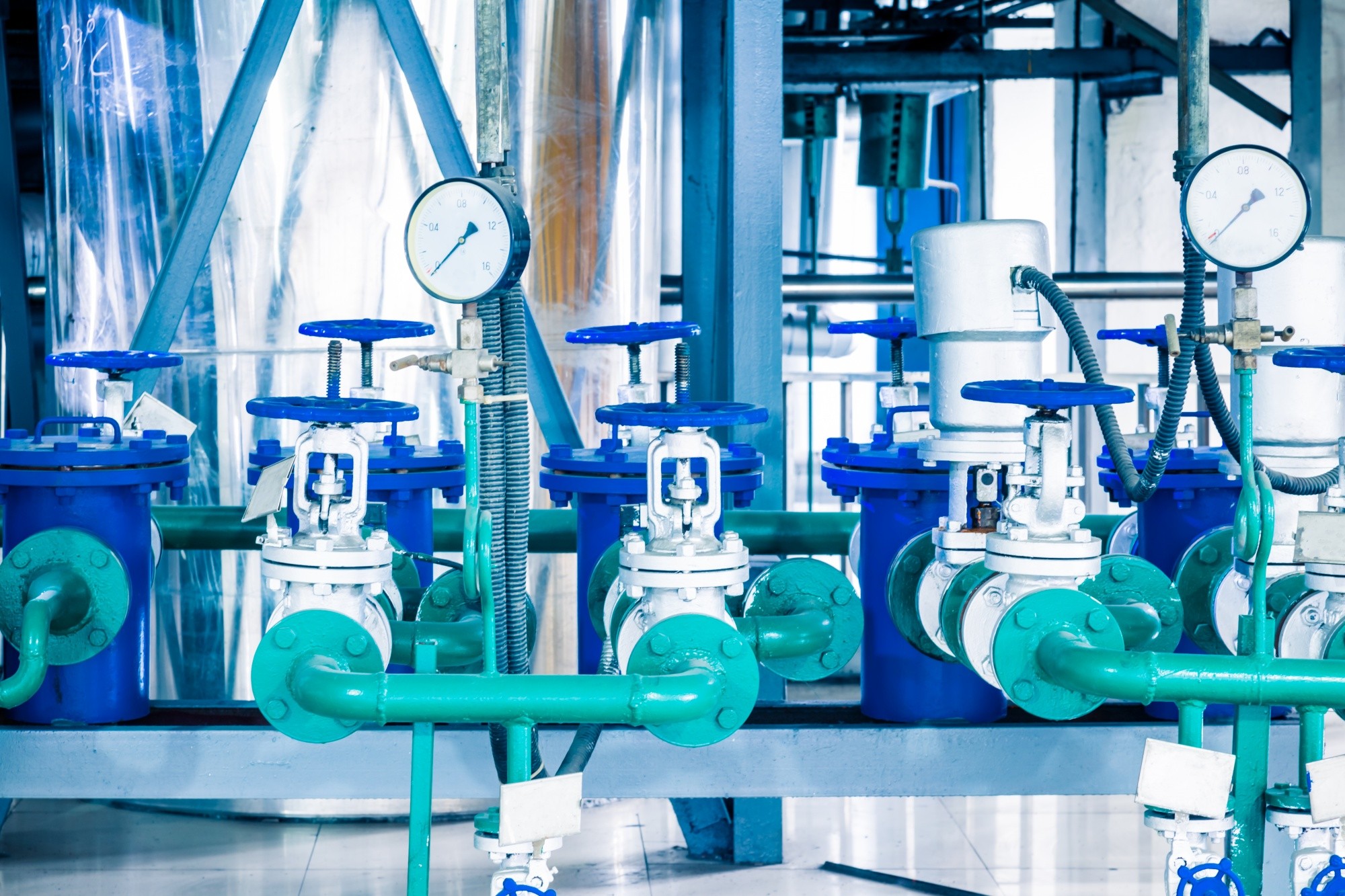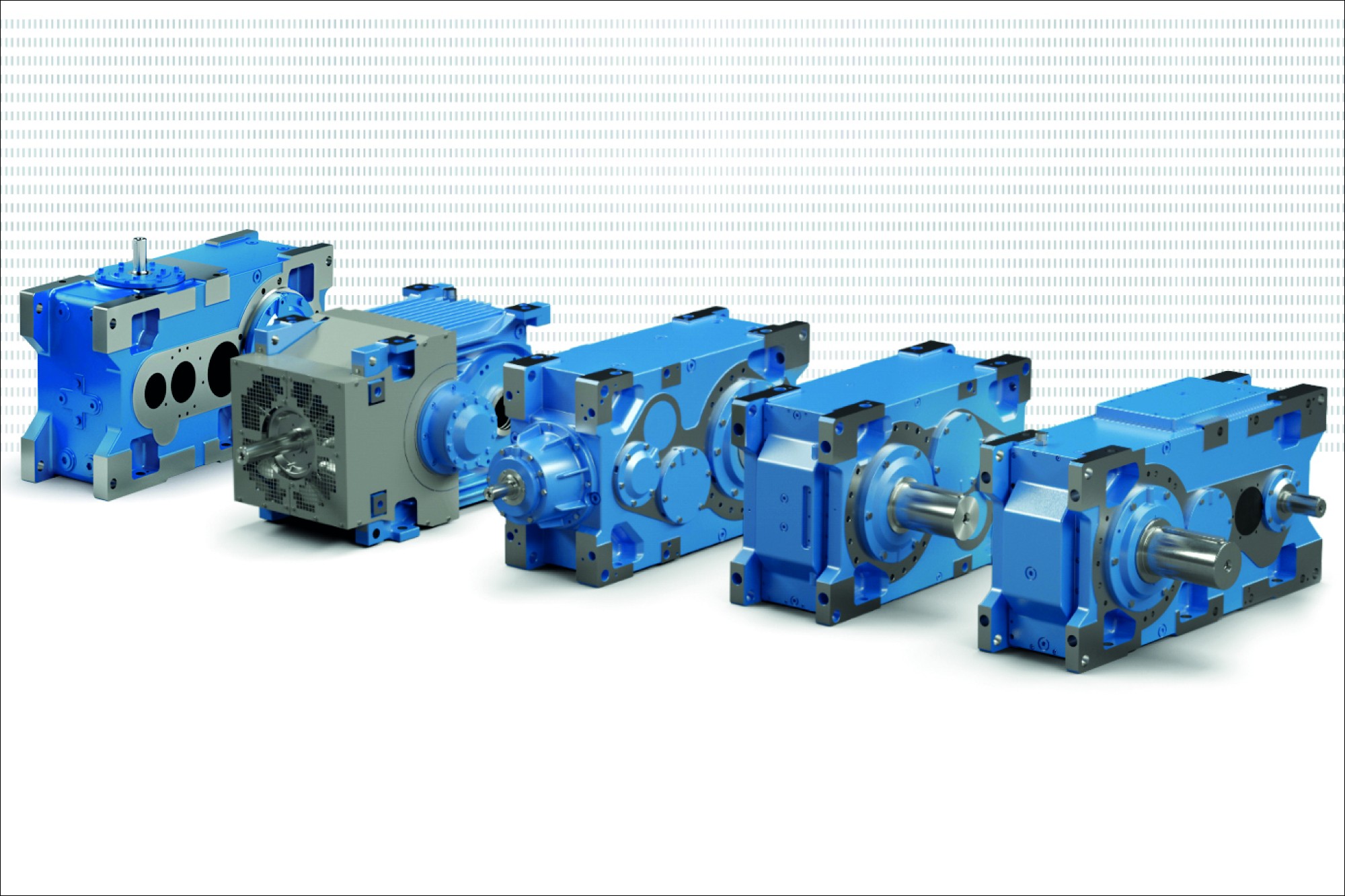Exploring viability for a decentralised wastewater treatment facility
By Edit Team | May 9, 2022 2:38 pm SHARE

This article briefly discuss the available and viable options for efficient recycling and treating the wastewater generated at facility, through advanced filtration, ZLD, STP, GIS an RST Technologies.
As India hurtles towards a more developed economy, one of the casualties has been the deteriorating state of our environment. Rapid industrialisation has, unfortunately, hiked up the number of pollutants in our surroundings. One of these pollutants is wastewater. Management of said wastewater through treatment plants in India has become imperative in our cities today.
To this effect, Vedanta Aluminium has committed itself to a sustainable water footprint. “The world water consumption has doubled between 1960 and 2000 and is increasing at about 1 percent annually. Since industries have colossal water requirements, resource efficiency through effective water treatment and maximum reutilisation is critical. Being India’s largest producer of aluminium, it is imperative for us at Vedanta Aluminium to ensure a sustainable water footprint. Our firm vision is to become Net Water positive by 2030 or sooner.”
Priyanka Khaire, Sr. Executive, Bioremediation, Organica Biotech Pvt. Ltd., agrees that as water is becoming an increasingly scarce resource, the continued growth of India’s economy will translate into increased demand for wastewater treatment solutions across different sectors.
“In recent years, agencies such as the Pollution Control Boards and the National Green Tribunal (NGT) have imposed stringent regulations on the industrial use and reuse of water. Likewise, local authorities have introduced numerous laws and regulations to increase incentives for reusing water, including increasing water tariffs.
This means that permissions for Greenfield projects and brownfield expansions are almost exclusively contingent on the implementation of zero liquid discharge (ZLD) or minimum liquid discharge (MLD) wastewater management.
When asked about filtration technologies, Priyanka explains, “Filtration is a process that removes particles from suspension in water. Removal takes place by a number of mechanisms that include straining, flocculation, sedimentation and surface capture. Filters can be categorised by the main method of capture, i.e. exclusion of particles at the surface of the filter media i.e. straining, or deposition within the media i.e. in-depth filtration. Sand filters and carbon filters are the most commonly used technologies in almost every industry.”
While sand filters and carbon filters are the most commonly used technologies, Priyanka adds that new and upcoming methods make more use of semipermeable membranes. “Modern technology allows the manufacture of membranes from synthetic materials, to be less than about 1mm thick and be semi-permeable.
Being semi-permeable means that the membrane is selective in what submicron-size particles can and cannot pass through it that is in the feed stream. During operation, permeable components in the water pass through the membrane with the water whilst impermeable submicron-size components are retained on the feed side. Consequently, the product stream is relatively free of impermeable components and the waste stream is rich in impermeable components. The flow of water through such a semipermeable membrane is achieved by pressure, usually produced by pumping.”
Vedanta Aluminium has already been putting various water filtration practices to use in their own plants. “At Vedanta Aluminium, our standard operating philosophy is that of ‘Zero Effluent Discharge’, where the wastewater generated from our operations is treated and completely recycled back into the system. We are also optimising our operational process in terms of water consumption, by maximising usage of recycled water through state-of-the-art Effluent Treatment Plants (ETP), augmented with Ultra Filtration (UF), Reverse Osmosis (RO) & Multi-Effect Evaporation (MEE). These technologies, coupled with other operational excellence practices, such as in our Cooling Tower systems have resulted in one of the best Cycles of Concentration (COC) globally – the higher the COC, the less is the freshwater intake, thus resulting in freshwater conservation.”
Analytical tools such as GIS and STP are often cited as effective methods of water treatment. As such, Vedanta has been exploring the viability of these technologies, “We have Sewage Treatment Plants (STPs) with advanced technology at our aluminium and power operations for wastewater treatment, zero discharge and recycled water for reuse in irrigation activities. Speaking of new age technologies, we are exploring the viability of using remote sensing including GIS monitoring for water management solutions at our operations.”
On the other hand, Priyanka believes, “The limited capacity of available natural water resources cannot meet the ever-increasing demands of the socioeconomic system without a sustainable management strategy that requires the integration of economic and environmental balances.”
Although they agree that these technologies are effective when applied correctly, “Remote Sensing Technology (RST) and Geographical Information Systems (GIS) have often been used by decision-makers as an effective and powerful method. These informative and visual analytical tools have been widely applied to improve monitoring and conservation of water resources and evaluate changes in environmental conditions in a more global and far-reaching manner.”
While it is extremely vital to use water filtration, another very important facet is to reuse that water and integrate it back into the system.
 When asked about where the water can be reused, Priyanka says “Reusing water in the industry has the potential to reduce the costs of water supply and wastewater treatment by industries and reduces pressure on water resources. Wastewater can be reused within a business itself, or between several businesses through industrial symbiosis. Depending on the type and quality of the wastewater, it may either be reused directly or treated before reuse (i.e. recycled). The different technologies available for direct reuse as well as decentralised wastewater treatment for wastewater recycling are summarised in this factsheet.”
When asked about where the water can be reused, Priyanka says “Reusing water in the industry has the potential to reduce the costs of water supply and wastewater treatment by industries and reduces pressure on water resources. Wastewater can be reused within a business itself, or between several businesses through industrial symbiosis. Depending on the type and quality of the wastewater, it may either be reused directly or treated before reuse (i.e. recycled). The different technologies available for direct reuse as well as decentralised wastewater treatment for wastewater recycling are summarised in this factsheet.”
“A business can directly reuse wastewater that is clean enough for the purpose for which it is being reused. Process water is produced by industrial processes such as cooling and heating and often contains few contaminants after use. In industry, both rainwater and process water can be reused for purposes such as Irrigation, Washing, pH adjustment, Fire protection, Waste stabilisation ponds, Aerated ponds, Constructed wetlands, Non planted filters, etc.”
Vedanta Aluminium has gone a step further in that regard. “We strive for maximum water re-utilisation across all operational levels, from cooling towers to, tailings management, horticulture and green cover preservation within and around our plant premises. Going a step further, we are also supporting local communities in addressing water-related challenges. Working in the realm of sustainable livelihoods and climate impact mitigation, Vedanta Aluminium is helping local farming communities adopt drip irrigation, treadle pumps, solar-powered water pumps, and rainwater harvesting structures like percolation tanks, etc. to boost irrigation potential and reduce dependence on monsoons for cropping. We also undertake repair and rejuvenation of local water bodies outside our operations, annually before monsoons, to ensure maximum rainwater capture for usage in household purposes, livestock rearing as well as maintaining the ecological balance.”
Therefore, the increasing demand for energy-efficient and advanced water treatment technologies is projected to provide substantial growth opportunities for water and wastewater treatment system providers in the coming years. Nevertheless, the high installation, maintenance, and operational costs are expected to delay the growth in the wastewater market to a great extent. In addition, the aging and deterioration of existing water infrastructure are the major challenges for the growth of the water and wastewater treatment market.
Cookie Consent
We use cookies to personalize your experience. By continuing to visit this website you agree to our Terms & Conditions, Privacy Policy and Cookie Policy.





















































